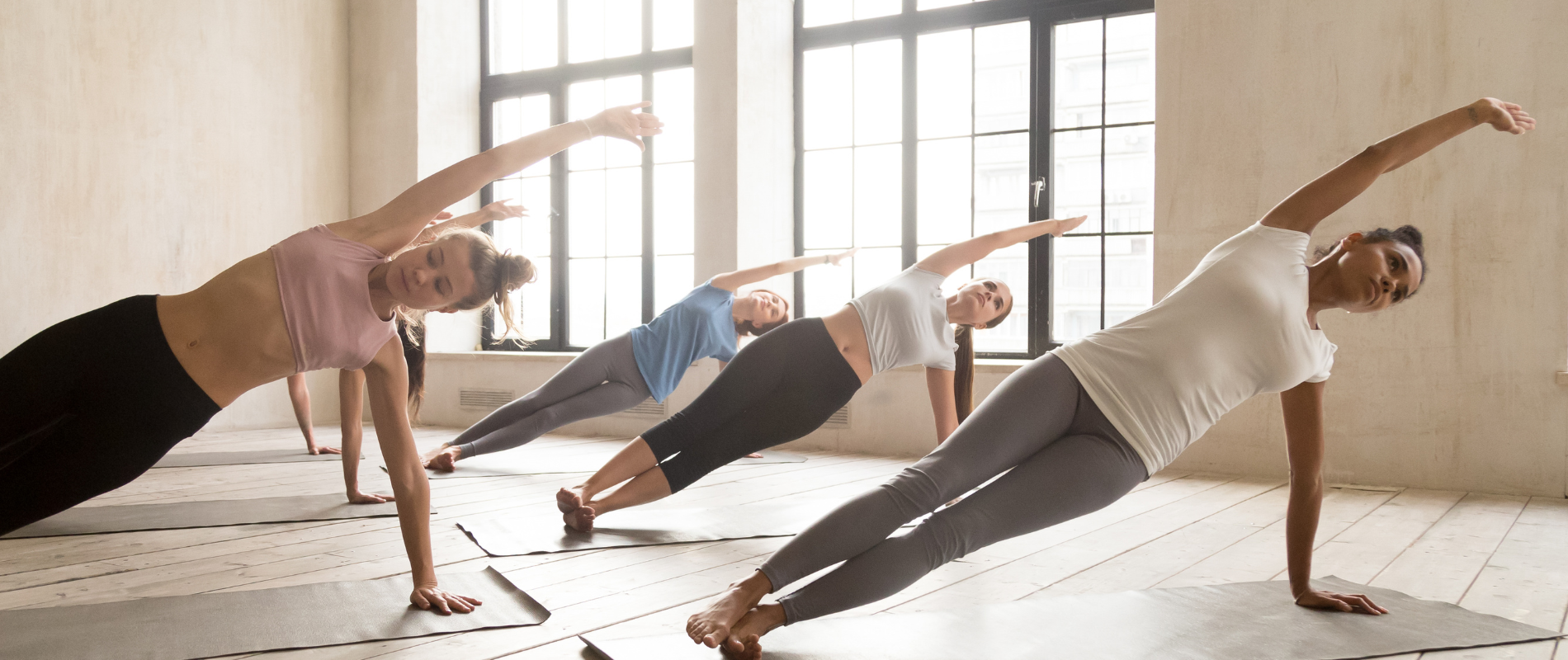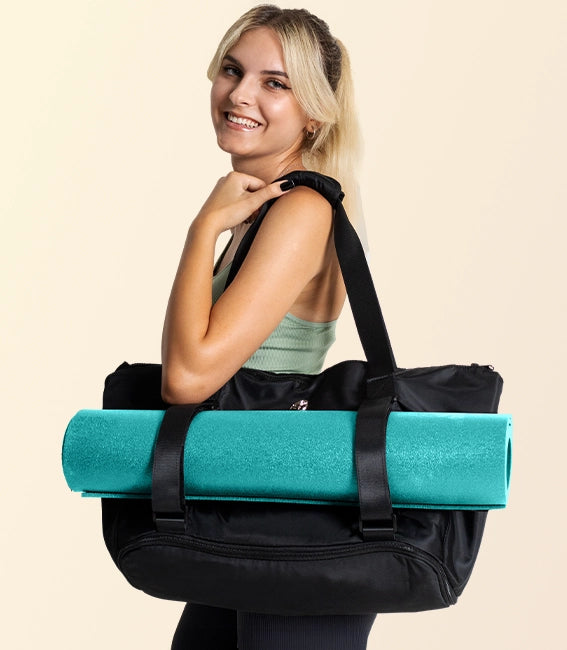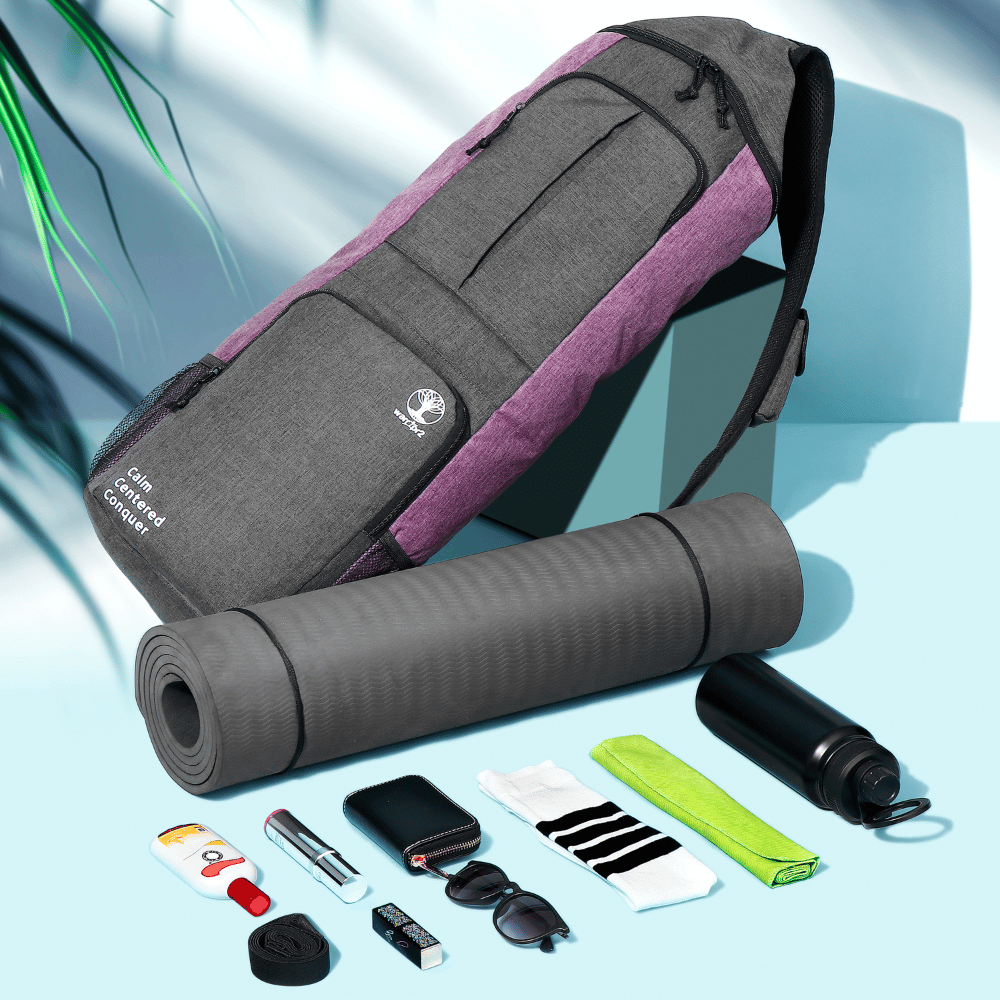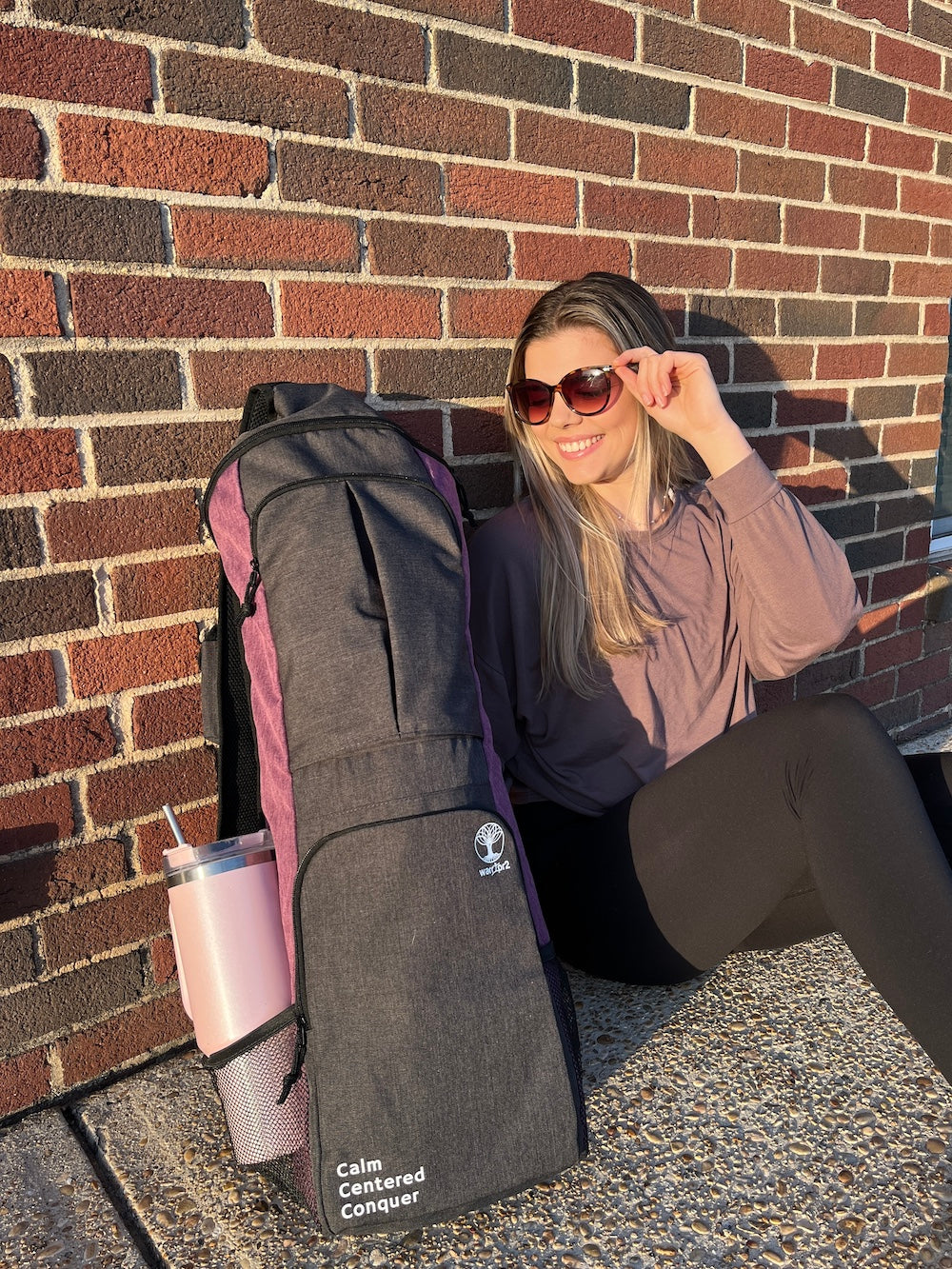Trusted by yoga teachers - built for practice and everyday life
Real Reviews From Real Customers

Size

Build Quality

Fit

Comfort

Ease of carrying

Design

Zipper Quality
Meet the Warrior2 yoga Backpack
Designed for Yoga, Built for Life.
A testament to Warrior2’s commitment to high-quality and intuitive design. Spacious, durable, and comfortable, this yoga bag is trusted by thousands of yogis to fit mats, gear, and more effortlessly.
Designed to elevate your practice and built to last, it’s the perfect companion for yoga and beyond.











